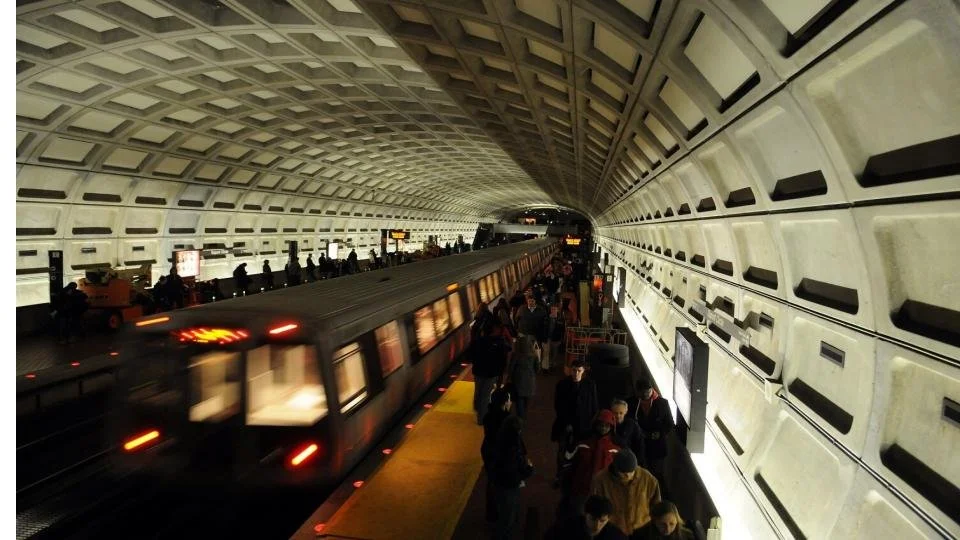
Uncovering the context surrounding India’s Metros
Client
1001 Stories, Mumbai
Role
Behavioral Consultant
Duration
4 months
Skills
Service Design, Contextual Inquiry, Stakeholder Mapping, Persuasive Communication, Social Listening, Data Analysis
Life in a “Metro”
The Brief
The Metro Rail Projects are the most visible harbingers of change for the Urban Indian landscape over the last two decades.
The metro has succeeded in cities like Kolkata, Delhi, and Chennai, with more than 80% of travelers choosing metros to travel over long distances.
Yet, while the metros are much celebrated and acknowledged by the citizens, acceptance and use are limited. Why?
We at 1001 Stories, set on a mission to…Uncover the context surrounding metro usage
Identify key stakeholders
Map the architecture of their context
We studied metro behavior through interviews across four cities in India, to connect the dots about associations, triggers, and barriers to metro acceptance.
Academic and governmental reports secondary research
Social listening on YouTube, Twitter, and blog posts regarding urban Indian commute
Projective techniques and interviews with users and non-users
Research Design
3 behavioral drivers
-
People create rituals, stick to habits for daily travel, and find delight in a sense of community and routine.
The metros in India don’t integrate well into the travel lifestyle and culture with poor last-mile connectivity.
-
Ambiguity and fear of committing errors are a source of stress in trying new modes of travel. The environment and design of ticketing, boarding the metro, and searching for stations seem intimidating to naive blue-collar workers.
-
Old men, working women, and small children are associated as ideal users of metros. Hence, people find it difficult to identify the target group for metros. The visual design and emphasis on sophistication feel alien to the majority of the Indian population.
Recommendations
Addressing Last Mile Connectivity
Create a sense of seamlessness across the multiple modes of transportation to make it feel like a single journey and reduce effortful friction points, pre and post-metro-experience.
Use the “Peak-end rule”: As we can speak of coping behavior, The current end is when one leaves the station for one’s final destination. Here is a real peak, an opportunity to give customers a memorable and positive experience. The last-mile connectivity and frustrations are vividly imprinted in the minds.
Frictionless navigationEncourage a sense of awareness by signaling control and reducing decision fatigue. For example, convey route clarity by superimposing the metro map on the city map, and relooking the mechanism of function for smoother processes. Build a no-pressure atmosphere for the commuter to relax.
Inclusive design: making people feel home
Change the context of the metro to create a sense of familiarity, ownership and accessibility ‘for all’ instead of making commuters feel that the metro is only for white collar office employees.
Embrace and celebrate the local ethos of various suburbs by embedding it into the associated metro stations. Make everyone feel accepted by adjusting the weightage of the vernacular and English “cues”
Rationally, the cost of traveling by metro would be the biggest barrier to adoption.
But, the power of contextual inquiry, revealed a larger force
The Moving City's Rituals







